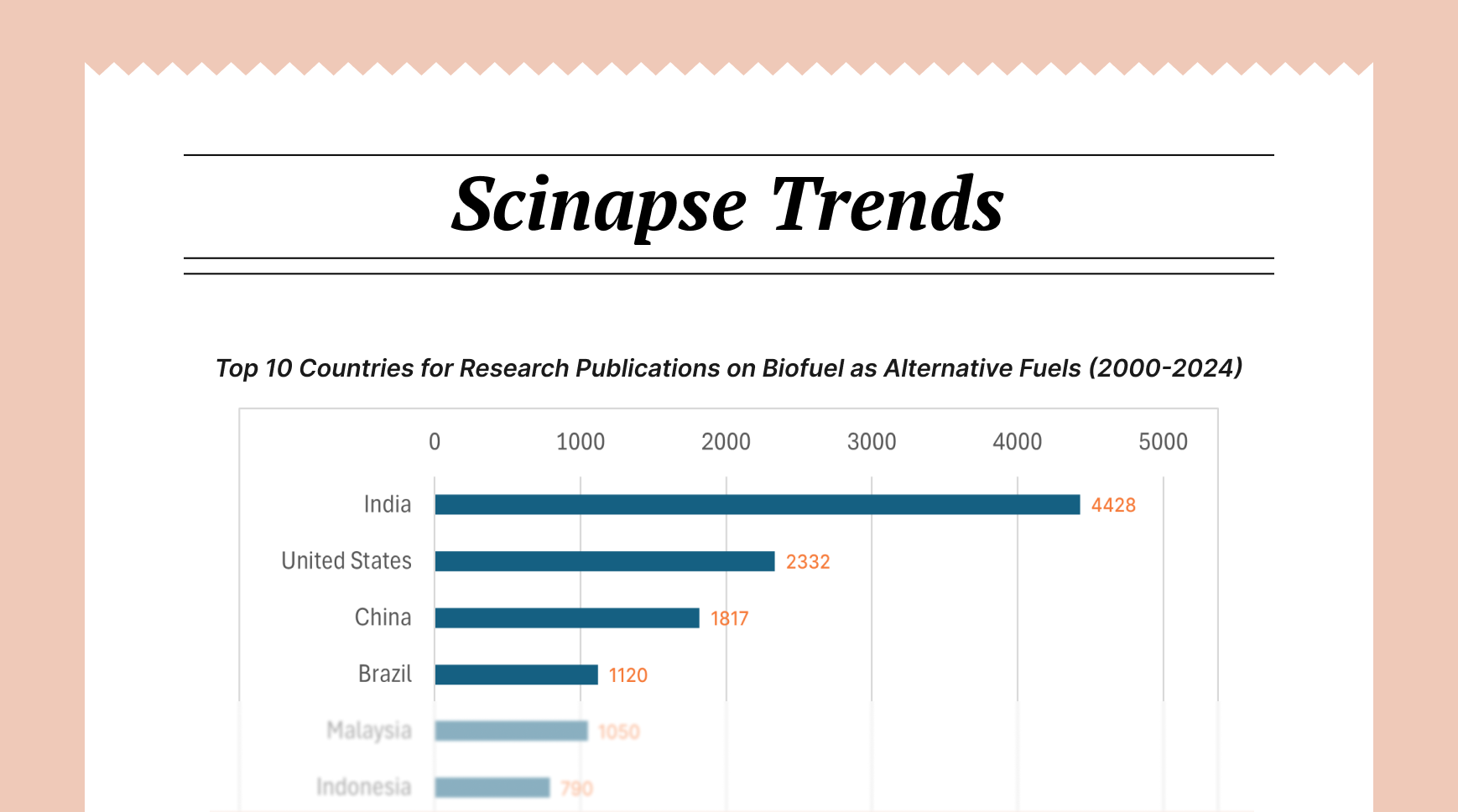10 Time-Saving Literature Review Tips for Busy Researchers

Literature reviews—comprehensive analyses of existing research that form the foundation of new studies—can be particularly time-consuming. For busy researchers juggling multiple responsibilities, finding ways to streamline this process without sacrificing quality is essential. This article offers practical, actionable strategies to make your literature review process more efficient without compromising thoroughness or academic rigor.

1. Start with a Clear, Focused Research Question
Before diving into databases, invest time in crafting a precise research question. This initial investment pays tremendous dividends throughout your review process.
Time-Saving Benefits:
- Prevents the "scope creep" that occurs when your review lacks clear boundaries
- Makes database searching more targeted and efficient
- Simplifies decision-making about which papers to include or exclude
- Provides a natural organizing principle for your final review
Implementation Tip: Create a one-paragraph statement that includes your primary research question and 3-5 supporting sub-questions. Keep this visible while working on your literature review to maintain focus.
2. Develop a Strategic Search Protocol
Random, unstructured searching wastes countless hours. Instead, develop a systematic approach to finding relevant literature.
Time-Saving Benefits:
- Eliminates redundant searches
- Ensures comprehensive coverage without unnecessary repetition
- Creates documentation that demonstrates thoroughness for your final paper
- Makes it easier to update your review in the future
Implementation Tip: Create a search protocol document that includes:
- Primary databases to be searched (e.g., PubMed, JSTOR, Web of Science)
- Key search terms and Boolean combinations
- Inclusion/exclusion criteria
- Date ranges and other filters
- Documentation space to record search results
Revisit and refine this protocol as your understanding of the literature develops, but maintain the documentation to track your process.
3. Leverage AI-Powered Academic Search Engines Like Scinapse
Traditional database searches can be time-consuming and often yield overwhelming results. AI-powered academic search engines like Scinapse represent a revolutionary approach to literature search efficiency.
Time-Saving Benefits:
- Access to approximately 250 million papers through a single platform
- Coverage of over 99% of Science Citation Index Expanded (SCIE) journals
- Integration of multiple databases including MAG, PubMed, OpenAlex, and Crossref
- AI-generated contextual summaries that provide immediate orientation
Implementation Tip: Utilize Scinapse Review to generate customized mini-literature reviews by entering relevant keywords. This feature can compress days of preliminary reading into minutes by providing synthesized summaries of significant insights from recent years, giving you an immediate grasp of the research landscape without individually examining dozens of papers.
Scinapse's revamped search functionality also displays critical information—citation counts and author details—at a glance, while its contextual summary feature provides:
- A concise overview of your topic based on search parameters
- Top 3 papers listed by citation count
- Top 3 authors ranked by total citation impact
- Visual representation of research trends (for Pro subscribers)
- Identification of emerging topics within your field
These features allow you to quickly identify influential works and researchers in your area without manual screening of hundreds of papers.
4. Master the Art of Strategic Reading
Not all papers deserve the same level of attention. Learning to differentiate between papers that warrant deep reading and those that need only cursory review is essential.
Time-Saving Benefits:
- Focuses your limited time on truly relevant literature
- Prevents getting bogged down in marginally relevant papers
- Creates a natural prioritization system for your reading queue
Implementation Tip: Use a three-tier reading approach:
- Screening Read (1-2 minutes): Read only the abstract and conclusion to determine basic relevance
- Survey Read (5-10 minutes): For relevant papers, add skimming of introduction, headings, figures, and discussion
- Deep Read (30+ minutes): Reserve for papers central to your research question
Create a simple coding system in your reference manager to mark papers by reading level completed and importance to your review.
5. Use Reference Management Software Effectively
Reference managers like Zotero, Mendeley, or EndNote can dramatically reduce time spent on citation management, but only if used properly.
Time-Saving Benefits:
- Eliminates manual citation formatting
- Provides instant bibliography generation
- Creates searchable database of your literature
- Enables easy categorization and tagging
Implementation Tip: Invest time upfront to:
- Configure your reference manager properly
- Create a logical folder structure aligned with your research themes
- Develop a consistent tagging system
- Set up automatic PDF retrieval and renaming
- Learn keyboard shortcuts for quick entry and retrieval
The hour spent optimizing your reference manager can save days over the course of your project.
6. Implement a Progressive Summarization System
Rather than taking extensive notes on each paper, implement a progressive summarization system that builds your literature synthesis gradually.
Time-Saving Benefits:
- Eliminates redundant note-taking
- Creates usable content for your final review while reading
- Builds your synthesis incrementally rather than as a separate step
- Makes connections between papers visible early in the process
Implementation Tip: Create a four-layer note-taking system:
- Layer 1: Save the paper with its abstract in your reference manager
- Layer 2: Highlight key passages and make brief margin notes when first reading
- Layer 3: Write a 2-3 sentence summary connecting this paper to your research question
- Layer 4: Periodically review papers on similar subtopics and write synthesizing paragraphs that will form the foundation of your literature review
This approach means you're building your literature review continuously rather than starting from scratch after reading all papers.
7. Establish Strategic Reading Times
Cognitive science shows that different types of reading are best done at different times of day, depending on your mental energy.
Time-Saving Benefits:
- Matches reading tasks to your cognitive state
- Reduces re-reading due to poor comprehension
- Optimizes productivity during peak and off-peak hours
Implementation Tip: Divide your literature review tasks according to cognitive demand:
- High Mental Energy (Your peak hours): Deep reading of complex papers, synthesizing across multiple sources
- Medium Mental Energy: Screening new papers, summarizing individual papers, organizing citations
- Low Mental Energy: Database searching, downloading papers, setting up reference manager entries
By aligning tasks with your cognitive state, you can make progress on your literature review even during low-energy periods.
8. Use Visual Mapping Tools for Synthesis
Visual tools can dramatically speed up the synthesis process by making connections visible.
Time-Saving Benefits:
- Reveals gaps and connections that might be missed in linear notes
- Provides a shortcut to organizing your final review
- Makes it easier to explain your literature landscape to others
- Serves as a quick reference during writing
Implementation Tip: Use mind-mapping software (like XMind, MindMeister) or concept mapping tools (like CmapTools) to create visual representations of your literature landscape. Create nodes for:
- Key concepts
- Methodological approaches
- Contradictory findings
- Research gaps
- Theoretical frameworks
These maps become invaluable when structuring your final literature review document.
9. Leverage Academic Social Networks Strategically
Platforms like ResearchGate, Academia.edu, and Twitter can provide shortcuts to relevant literature if used strategically.
Time-Saving Benefits:
- Identifies papers being discussed by experts in your field
- Provides access to papers through author sharing
- Offers opportunity to request clarification directly from authors
- Highlights emerging literature that might not yet appear in formal searches
Implementation Tip: Rather than general browsing, use these platforms with purpose:
- Follow specific researchers central to your topic
- Join focused research groups related to your area
- Set up alerts for specific keywords
- Use the "similar paper" recommendations after finding a highly relevant paper
Fifteen minutes of strategic social academic networking can sometimes save hours of database searching.
10. Set Clear Stopping Rules
Without predefined stopping criteria, literature reviews can expand indefinitely. Establish clear rules for when you'll consider your review sufficient.
Time-Saving Benefits:
- Prevents never-ending literature searching
- Creates a sense of completion and progress
- Allows confident transition to the writing phase
- Makes the process bounded and manageable
Implementation Tip: Define specific stopping criteria such as:
- Coverage of all papers cited by the 3-5 most recent review articles
- Inclusion of all papers published in the past X years meeting your criteria
- Saturation point where no new concepts or findings are emerging
- Representation of all major theoretical perspectives identified
Document these criteria in advance and revisit them periodically to determine when your search phase is complete.
A perfect literature review is impossible; there will always be more papers that could be included. The goal is a comprehensive, well-synthesized review that provides a solid foundation for your research while being completed within a reasonable timeframe. These time-saving strategies help you achieve that balance, allowing you to move forward with confidence in your academic endeavors.
Author: Uttkarsha B
- AI-Ethicist and STM Research & Publishing Expert
Never re-search again.
Scinapse is made by researchers for researchers.
Join the next generation of research at ⏯️ https://scinapse.io/
Pluto Labs
Pluto Labs helps researchers focus on their research by improving several inefficiencies in the academic research process. We offer data-driven insights from academic papers, allowing users to easily obtain review-level results for their desired range of papers.
https://pluto.im/





Comments ()